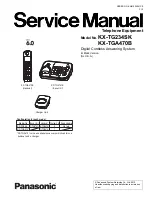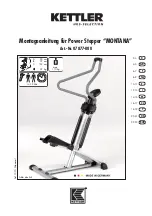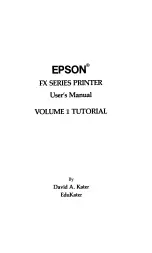Reviews:
No comments
Related manuals for Laura 555

F100
Brand: UNITED Pages: 15

KX-TG234SK
Brand: Panasonic Pages: 99

138W101
Brand: Singer Pages: 12

COBRA CLASS 3
Brand: Leather Machine Pages: 4

PF-75
Brand: Neopost Pages: 16

OKIFAX 4550
Brand: Oki Pages: 128

X-405
Brand: MasterCraft Pages: 8

MONTANA
Brand: Kettler Pages: 36

PriorityFax 1000
Brand: Epson Pages: 1

PriorityFAX 2000
Brand: Epson Pages: 1

PriorityFAX 3000
Brand: Epson Pages: 1

PriorityFax 1000
Brand: Epson Pages: 52

Priority Fax 2000
Brand: Epson Pages: 112

PriorityFAX 3000
Brand: Epson Pages: 122

FX-80
Brand: Epson Pages: 376

FA-V71A
Brand: Brother Pages: 16

FA-V81A
Brand: Brother Pages: 60

EXEDRA E-40
Brand: Brother Pages: 19

















